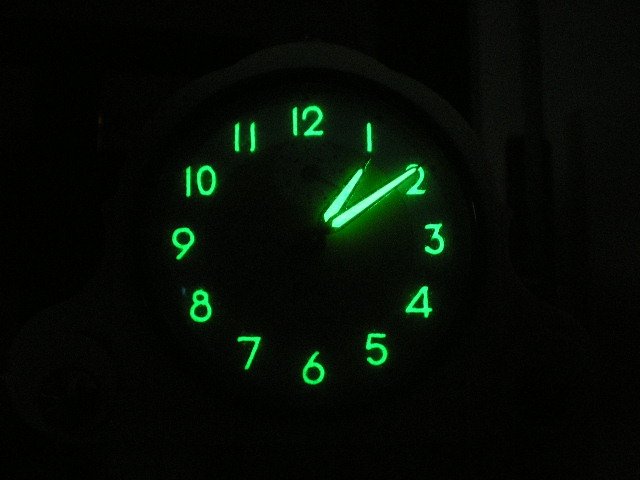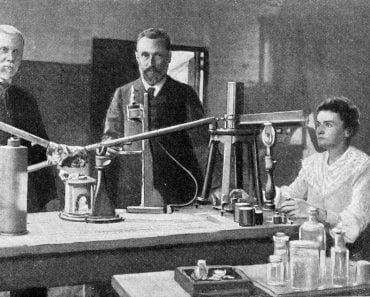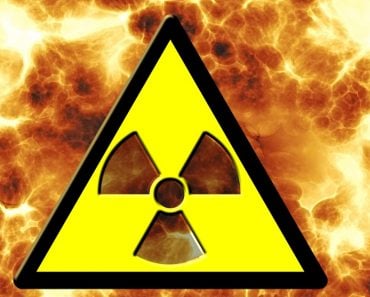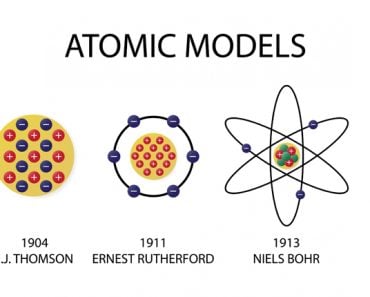Table of Contents (click to expand)
When you tear or break something, the atoms in the object don’t split. The atoms are pushed apart by the force you use to tear or break the object.
It’s a simple question, and one that most of us have probably wondered; does tearing a piece of paper split apart its atoms? The answer, as with most things in science, is slightly more complicated than a simple yes or no, but for the most part we can say… NO, we are not splitting atoms when we apply macroscopic forces to tear or break an object.
Recommended Video for you:
When Do Atoms Break?
In the course of the 20th century, there was a great deal of talk about ‘splitting the atom’, and that’s a phrase often used to describe anything nuclear-related; radiotherapy, nuclear energy, radioactive decay, or the bombs dropped on Hiroshima and Nagasaki. Atoms are indeed split in these processes.
In radioactive processes, various combinations of electrons and protons are broken up from an atom, depending on the type of reaction. These combinations are known as alpha, beta and gamma particles. We know that these are, for lack of a better word… scary.
It takes a lot of energy to create a nuclear reaction, but you don’t always need a nuclear reaction to split an atom. Take a look at this old-fashioned 1950s radium clock, for example.

Back in the day, some clocks were painted with radium, which glows all the time, not just when exposed to light. This is largely thanks to a process known as radioluminescence, where radioactive atoms give off light. Of course, the people working in the factory became sick due to the incessant radiation and the manufacturing had to stop.
What Happens When You Cut Or Break Something?
Using scissors to cut a piece of paper would cause the fibers in the paper to split, along with the paper molecules being separated. Paper, in particular, is mostly made up of short chains of cellulose fibers with gaps for air. The cellulose is connected through weak intermolecular forces, which is the force that is broken when cutting the paper with scissors. As you can imagine, this force is pretty weak in comparison to the strong interatomic forces that actually hold atomic structures together.

In fact, the molecules in a piece of paper when you cut it are simply pushed apart. Imagine a ball pit, full of colorful little atoms. If the ball pit is our piece of paper with little atomic balls, a scissor’s edge moving through it would be about the size of a building. Atoms are far too small to be affected by any single macroscopic force – they just move out of the away.

The Atoms Simply Move Away
Even if we did manage to shrink our scissors’ edge to be small enough, roughly one atomic length, the atoms would simply be repelled by the edge of the scissor and move away, because the electrons of the scissor’s edge and the electrons in the cellulose would repel each other. It’s kind of like sifting your hand through the balls in that ball pit – the balls would simply move out of the way.
The process of splitting an atom itself, and the incredible science behind it, is an article for another day!












